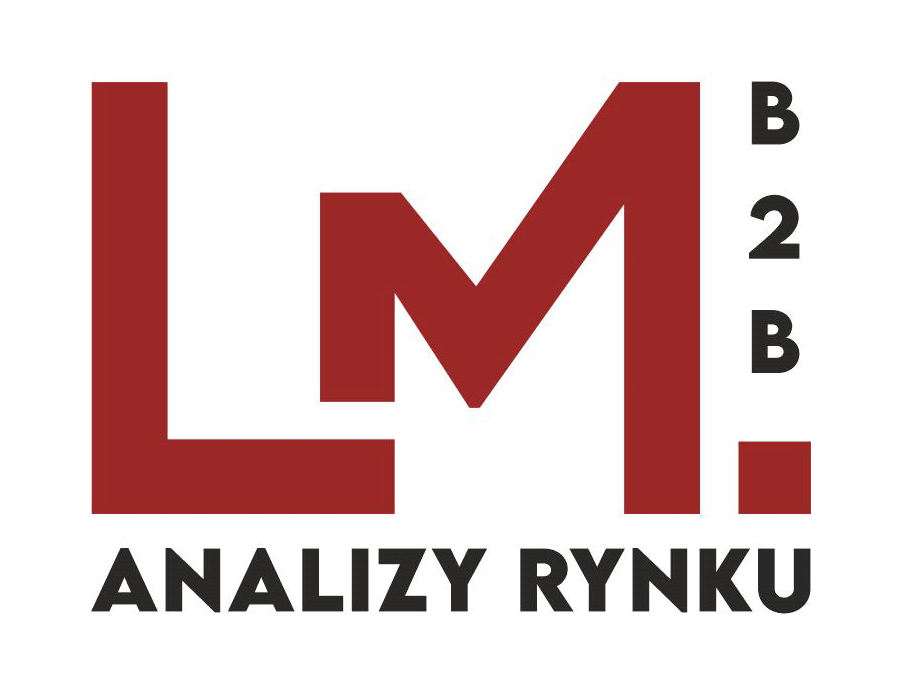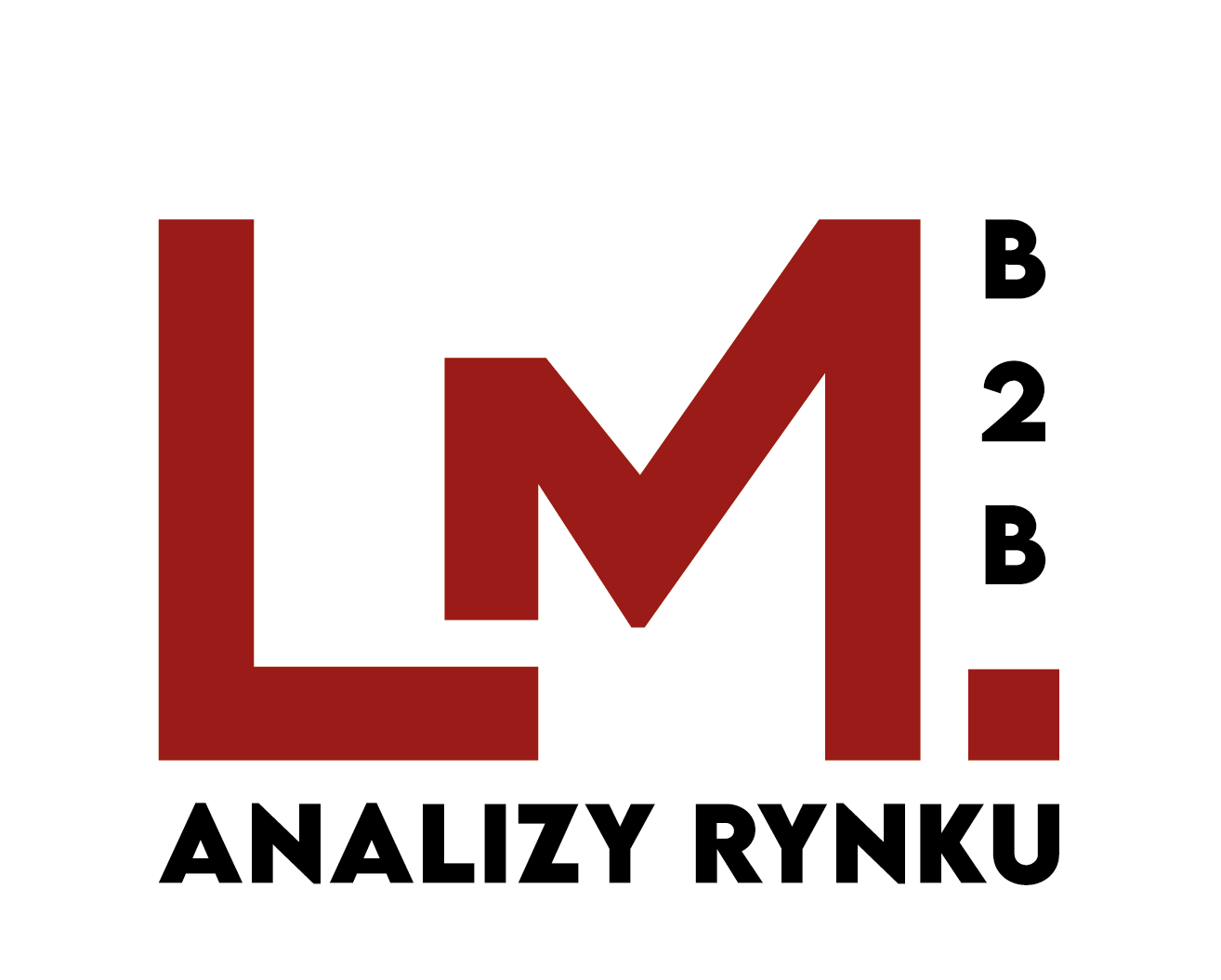
TRUCK LOADING CRANES IN POLNAD MARKET STUDY 2023
Description of the market research project for truck cranes on the Polish market in October-December 2023.
The crane market research consisted of several basic elements:
- Assessment of the size of the fleet of truck cranes in Poland and determination of the sales volume of new and used devices broken down by individual device manufacturers.
- Customers that operate such cranes and types of equipment – market segmentation and its characteristics.
- Analysis of potential customers’ opinions regarding their product (crane brands) and purchasing preferences through in-depth interviews.
Truck unloading cranes – otherwise known as reloading or portable cranes – are lifting devices mounted on a truck behind the driver’s cabin, on the chassis or at the end of the vehicle, used to load or unload goods using an appropriate handle. A distinction should be made here between mobile cranes (Liebherr, Tadano, Faun) which were not the subject of this project.
Truck unloading cranes are widely used in many industries, in particular in the construction, municipal and forestry sectors. A characteristic feature is that the more economically developed a given market is, the greater the use of cranes to move goods.
Truck cranes have lifting capacities ranging from the smallest ones of 250 kg to the largest ones with a lifting capacity of over 40 tons.
The size of the crane market in Poland
The fleet of truck cranes in Poland has been systematically growing for many years with the prospect of reaching 50,000 devices. It is therefore not surprising that the number of cranes in Poland has increased over the years, although the positive dynamics of this change is systematically decreasing. Considering that the market is becoming more and more mature, the decline in growth dynamics is not surprising. The increase in the fleet of crane equipment is mainly the result of the import of used cranes and, to a lesser extent, the purchase of new ones. This affects the age structure of cranes in Poland, with a significant share of devices over 20 years old.
The further part of the report presents the shares and quantities of cranes of individual manufacturers among the total equipment operated in Poland, as well as trends in the changing sales results of the last 5 years (in advance of event. inquiries – this data cannot be made available! – it is only possible to conduct a new market research and based on this -determination of shares and sales volume). The most significant crane brands present in Poland include (in alphabetical order):
- FASSI
- HIAB
- HMF
- HYVA
- PALFINGER
The photo comes from the website https://www.palfinger.com
Customers operating crane vehicles
Customers using these devices can be classified into three main groups (segments):
- Construction industry (construction)
- Municipal and recycling industry
- Forestry industry
There are several other industries where these devices are used like energy facilities services, professional cargo transport services and other.
The size of individual market segments and the size of the device base at their disposal were estimated. There are significant differences in the method and conditions of crane operation, customer needs, and the life cycle of crane equipment in individual market segments. The shares of crane suppliers and their evaluation by users are also different.
Analysis of potential customers’ opinions (survey results)
A very important and informative element of this analysis were the results of in-depth interviews conducted among customers operating truck cranes.
The survey was conducted in October and November 2023 by telephone and in direct conversations with people supervising the operation of these devices. Each time it was the decision-maker – in the case of smaller companies, the owner himself, and in the case of large enterprises, the director or manager of the equipment base.
Several survey questions related to experience with servicing and the availability of parts for cranes in operation. The influence of various factors on choices and preferences.
Interviews supplemented with market analysis also allowed us to notice the dynamic changes that this market has undergone both in recent years during and after the COVID pandemic, as well as current trends and direction of change. It can be said that the crane market is no longer the same as it was even 5 years ago, not mentioning a longer period of time.
Last analysis

